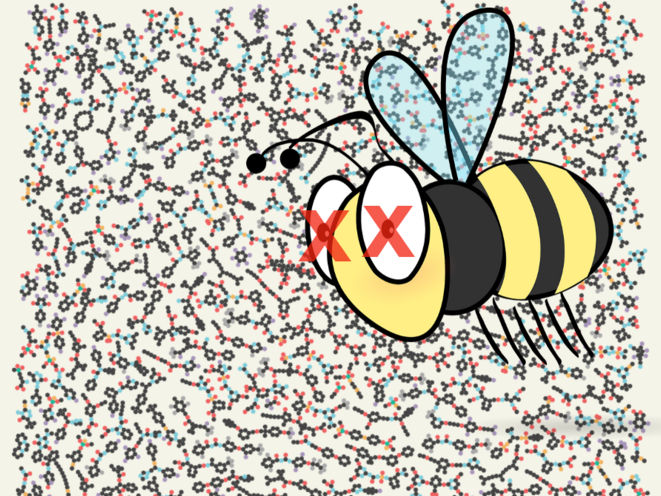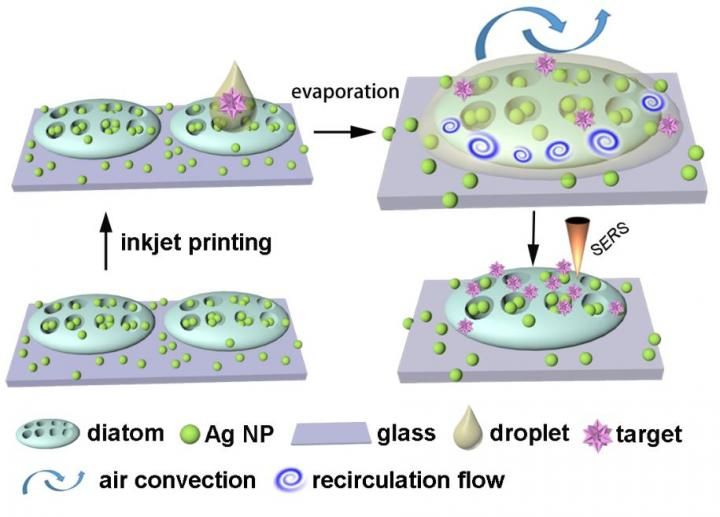Plasmon-powered upconversion nanocrystals for enhanced bioimaging and polarized emission
Lanthanide-doped upconversion nanocrystals (UCNCs) have recently found great potential in the applications of near-infrared bioimaging and nonlinear optoelectronic devices due to their tunable spectral characteristics and excellent photostability. In particular, their near-infrared excitation bands at 808 and 980 nm are within the first biological transparency window, indicating high penetration depth and low photothermal damage.
However, the low quantum efficiency of such UCNCs (typically less than 1%) constitutes an intrinsic obstacle to practical use. To overcome this limitation, many physical and chemical methods have been developed to improve the absorption and emission efficiencies, including surface passivation, energy transfer management, and host lattice manipulation. Recently, the plasmonic enhancement effect in subwavelength metallic nanostructures has been used to tackle this long-standing issue through enlarging the absorption cross-section of lanthanide ions and accelerating their radiative decay rate. In addition, plasmonic nanostructures can also influence the polarization state of the upconversion luminescence of nearby UCNCs, which cannot be achieved with the other above-mentioned approaches and has so far remained relatively unexplored.
In this work, we propose to employ the double plasmon resonances of a silica-coated gold nanorod to enhance the upconversion luminescence intensity of CaF2:Yb3+,Er3+ nanocrystals and simultaneously modulate the polarization state of the red and green emissions. We have successfully synthesized hybrid plasmonic upconversion nanostructures consisting of sub-10 nm CaF2:Yb3+,Er3+ UCNCs attached on silica-coated gold nanorods in a core-shell-satellite geometry.
By precisely tuning the thickness of silica shell, we have achieved a maximum luminescence enhancement factor of ~7-fold for the red emission band and ~3-fold for the green emission band. With the enhanced upconversion emissions, such hybrid plasmonic upconversion nanostructures exhibit better multiphoton imaging contrast of HeLa cells in both red and green imaging channels, demonstrating their use as a promising nonlinear fluorescent probe for high-contrast bioimaging applications.
More interestingly, we have observed that the two emissions from single hybrid nanostructures are highly polarized with distinctive polarization response, with the red emission polarization along the long axis of the gold nanorod and the green emission polarization along the incidence polarization. We have analyzed the physical origin responsible for the polarized upconversion emissions by combining Förster resonance energy transfer theory and full-wave electrodynamic simulations.
We have found that the coherent interaction between the emission dipoles of UCNCs and the plasmonic dipoles of the GNR determines the emission polarization state in various situations and thus open the way to the accurate control of the UC emission anisotropy for a wide range of bioimaging and biosensing applications as well as polarized illuminators in spectrometers and polarization-sensitive nanoscale photodetectors.
Original publication
Jijun He, Wei Zheng, Filip Ligmajer, Chi-Fai Chan, Zhiyong Bao, Ka-Leung Wong, Xueyuan Chen, Jianhua Hao, Jiyan Dai, Siu-Fung Yu and Dang Yuan Lei; "Plasmonic enhancement and polarization dependence of nonlinear upconversion emissions from single gold nanorod@SiO2@CaF2:Yb3+,Er3+ hybrid core–shell–satellite nanostructures"; Light: Science & Applications; 2017
Most read news
Original publication
Jijun He, Wei Zheng, Filip Ligmajer, Chi-Fai Chan, Zhiyong Bao, Ka-Leung Wong, Xueyuan Chen, Jianhua Hao, Jiyan Dai, Siu-Fung Yu and Dang Yuan Lei; "Plasmonic enhancement and polarization dependence of nonlinear upconversion emissions from single gold nanorod@SiO2@CaF2:Yb3+,Er3+ hybrid core–shell–satellite nanostructures"; Light: Science & Applications; 2017
Topics
Organizations
Other news from the department science

Get the life science industry in your inbox
By submitting this form you agree that LUMITOS AG will send you the newsletter(s) selected above by email. Your data will not be passed on to third parties. Your data will be stored and processed in accordance with our data protection regulations. LUMITOS may contact you by email for the purpose of advertising or market and opinion surveys. You can revoke your consent at any time without giving reasons to LUMITOS AG, Ernst-Augustin-Str. 2, 12489 Berlin, Germany or by e-mail at revoke@lumitos.com with effect for the future. In addition, each email contains a link to unsubscribe from the corresponding newsletter.
Most read news
More news from our other portals
Last viewed contents

Commuters are inhaling unacceptably high levels of carcinogens - Twenty minutes or longer in the car also raises risk of birth defects

Artificial intelligence to help protect bees from pesticides - Researchers develop computer model to predict whether a pesticide will harm bees
Internal_pudendal_artery
Fifth_metatarsal_bone
Menstrual_disorder
Paresthesia
Congenital_vertebral_anomaly
David_Aaron_Kessler





















































